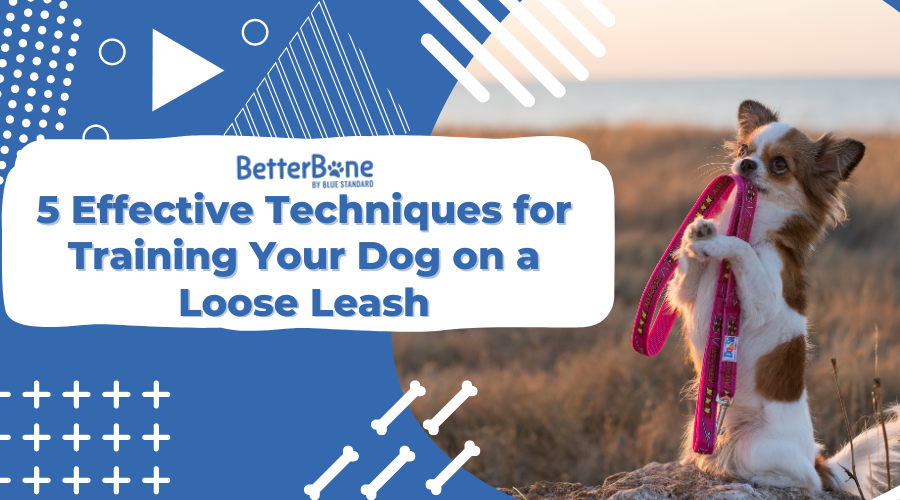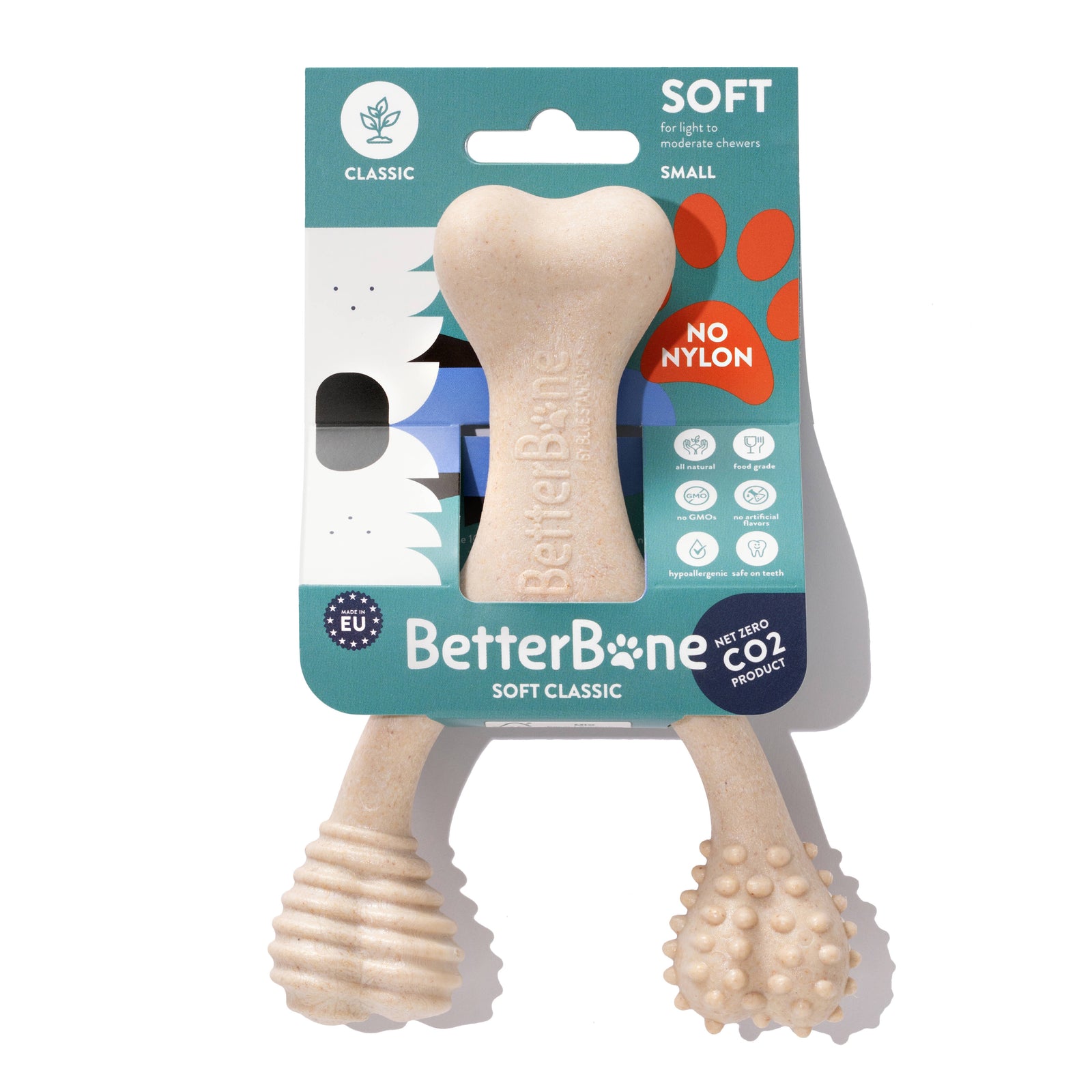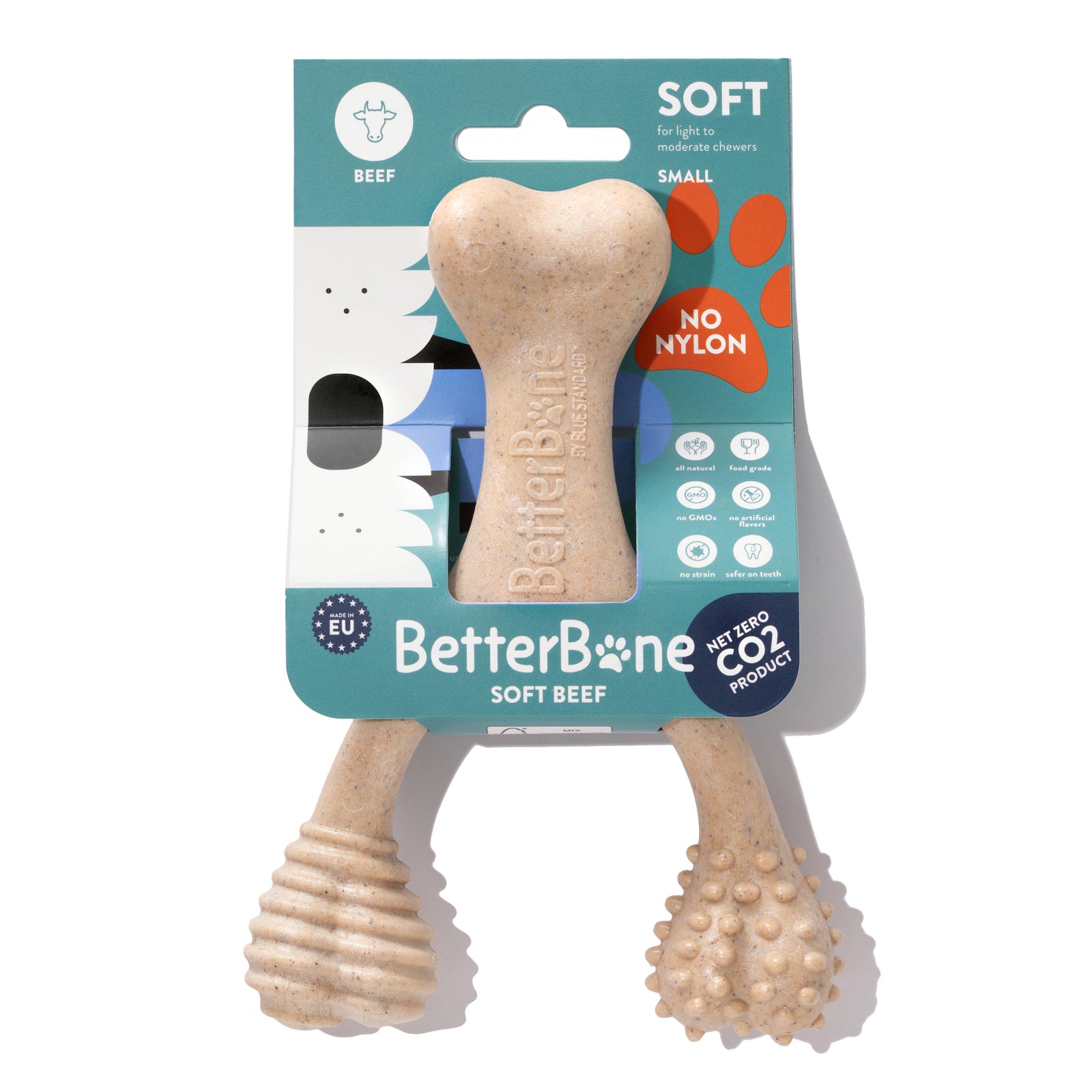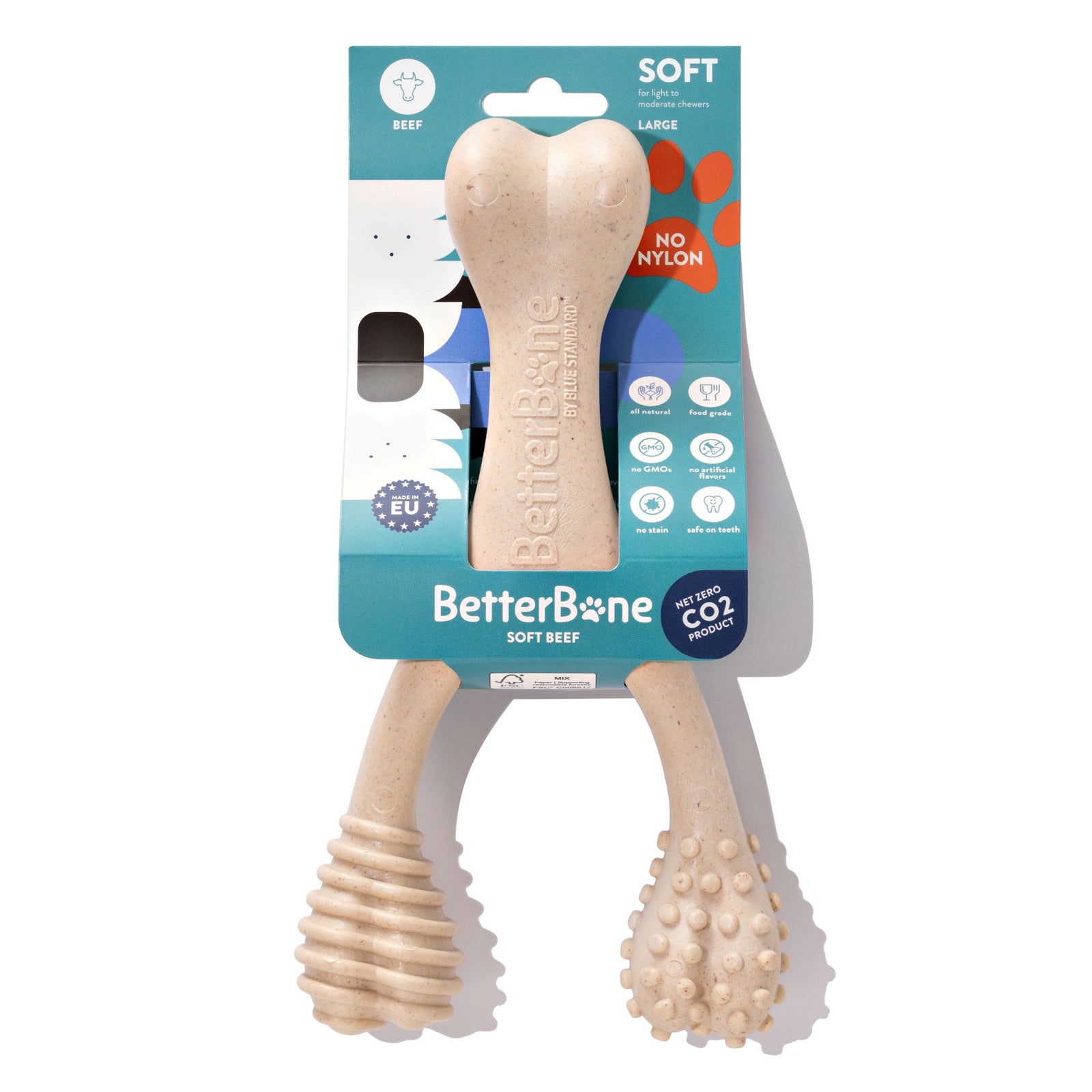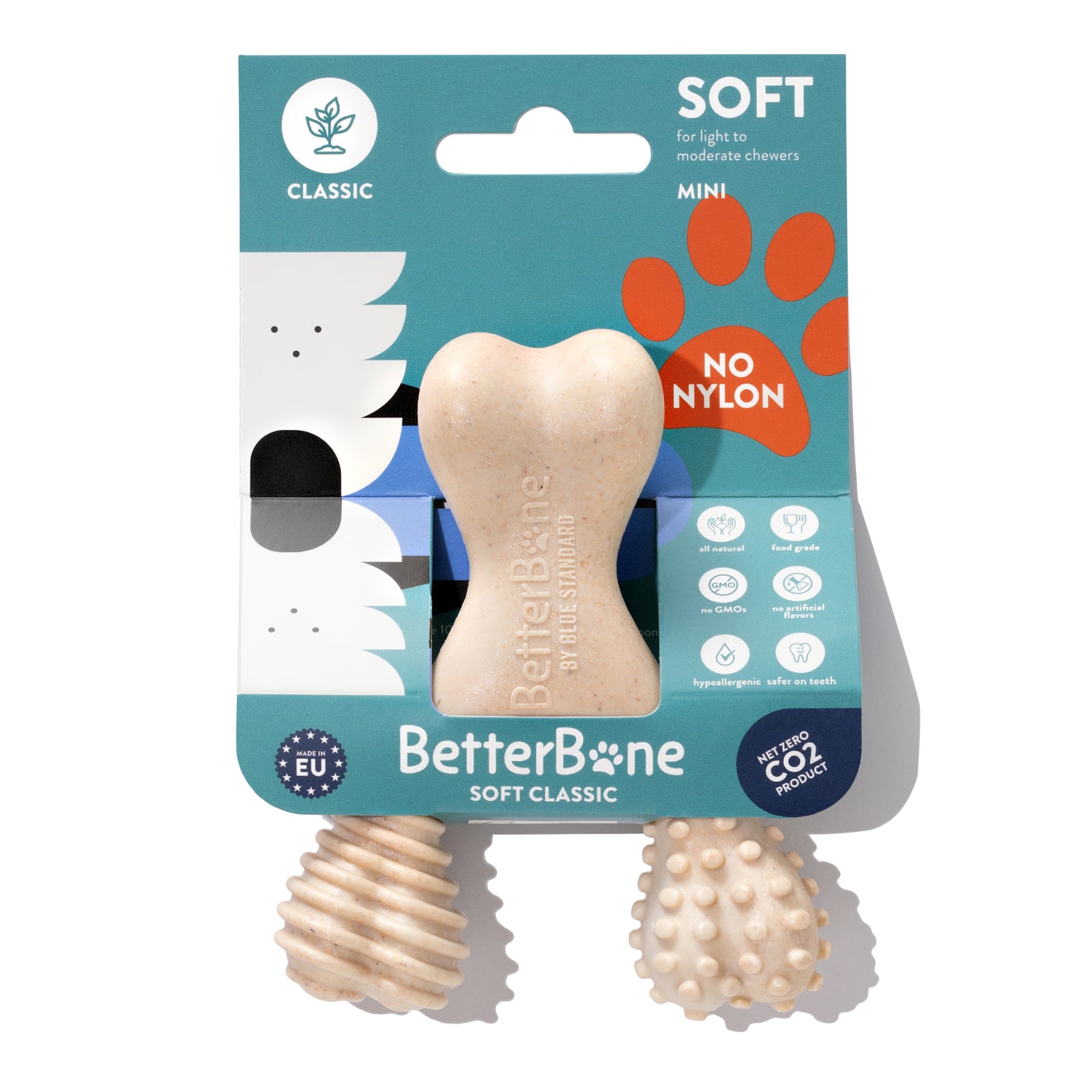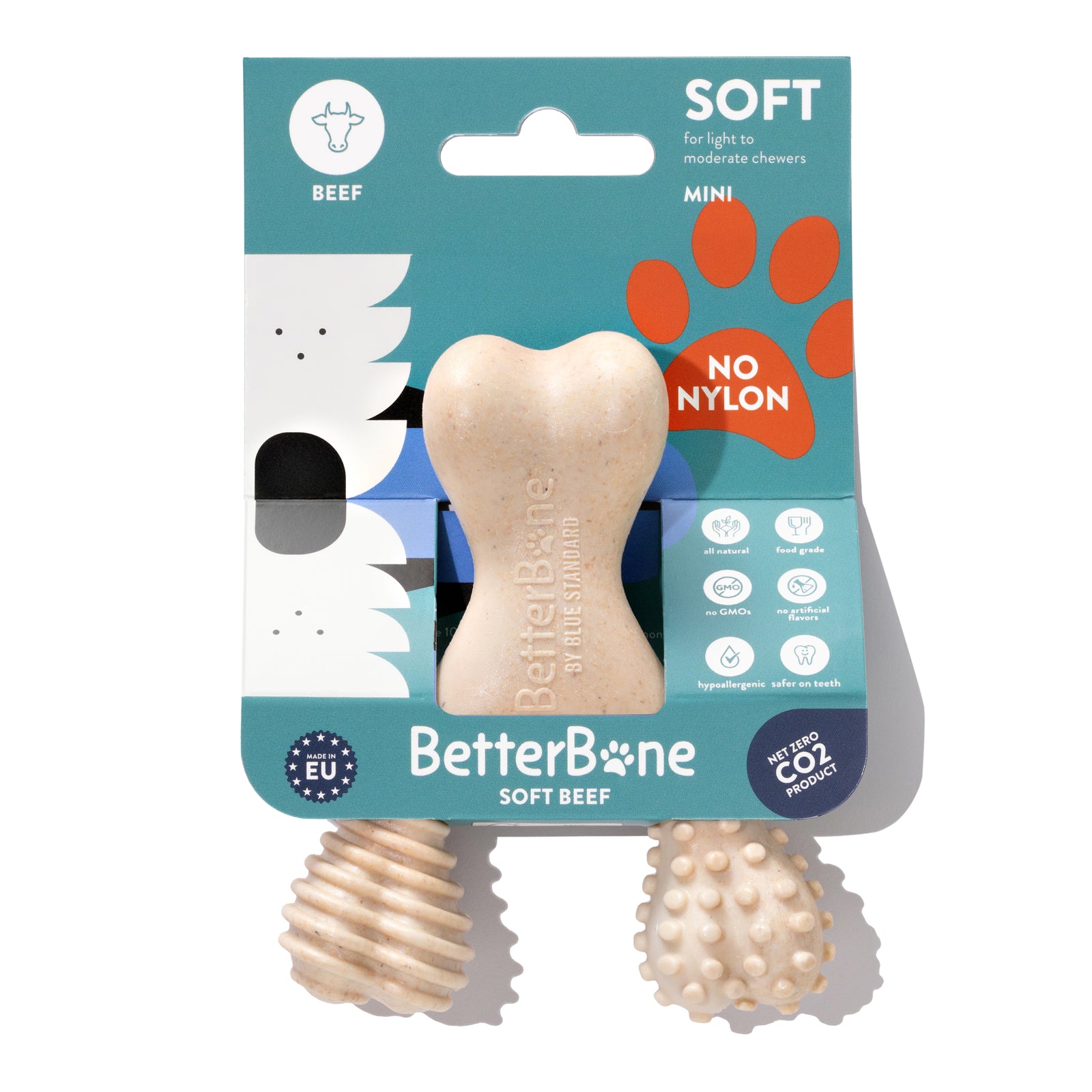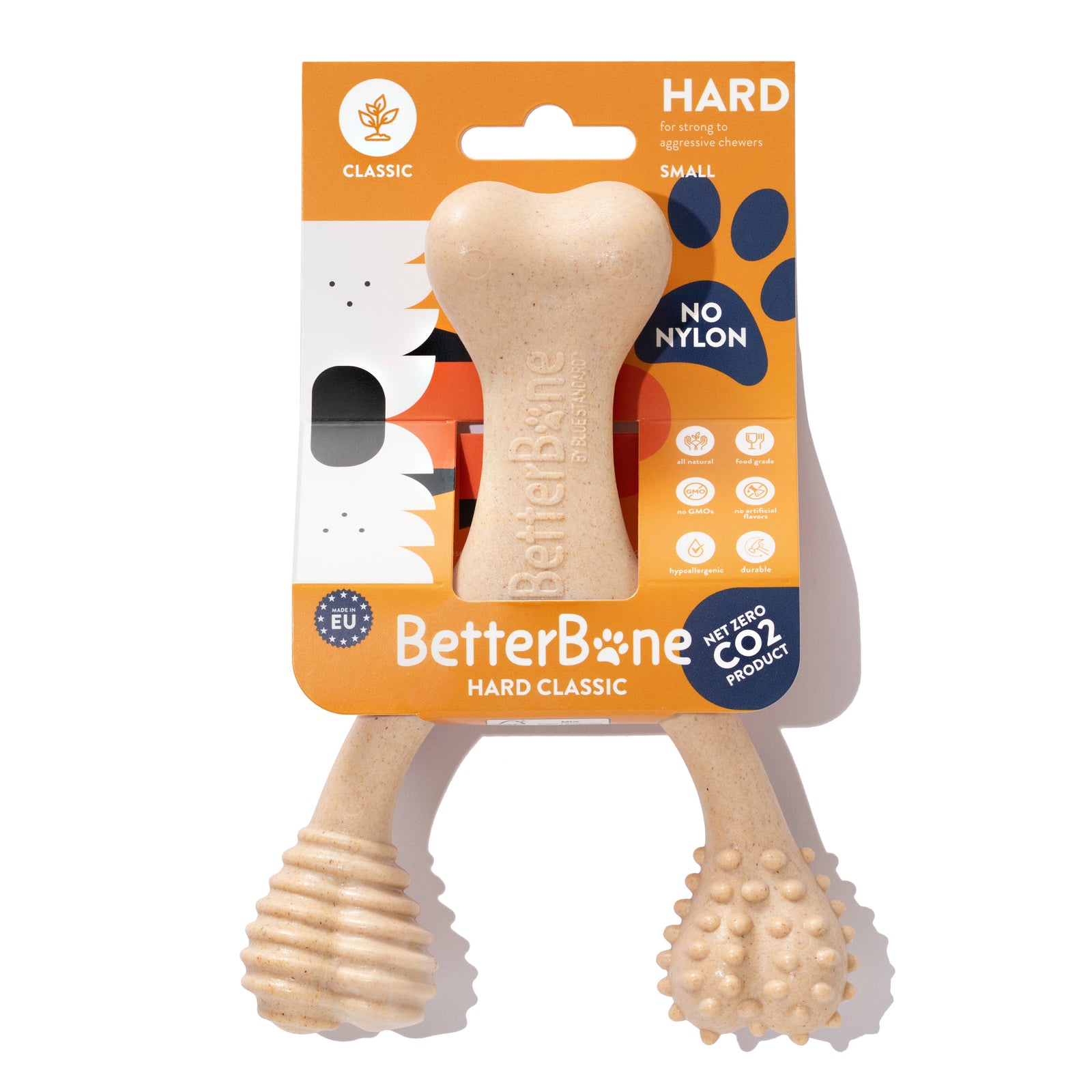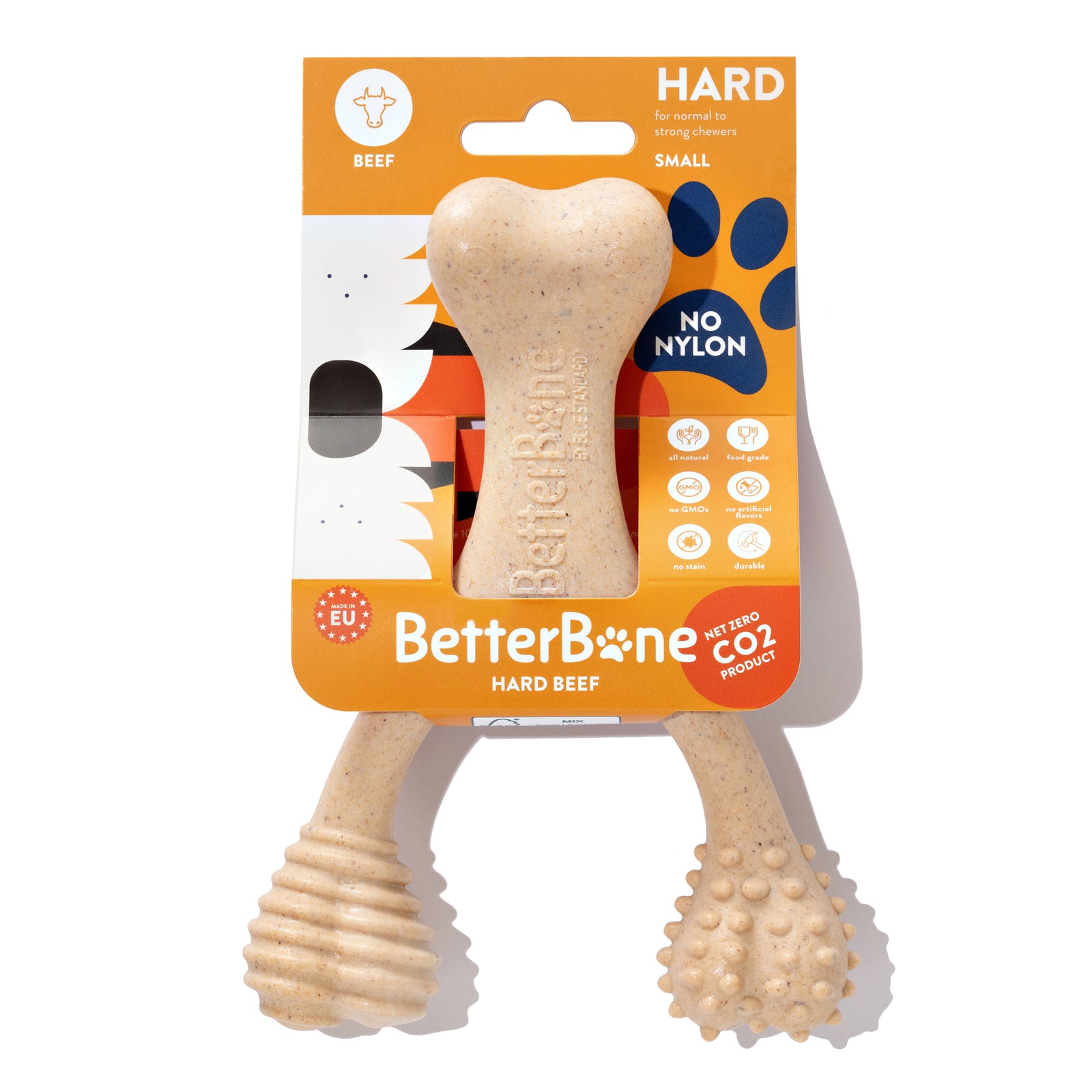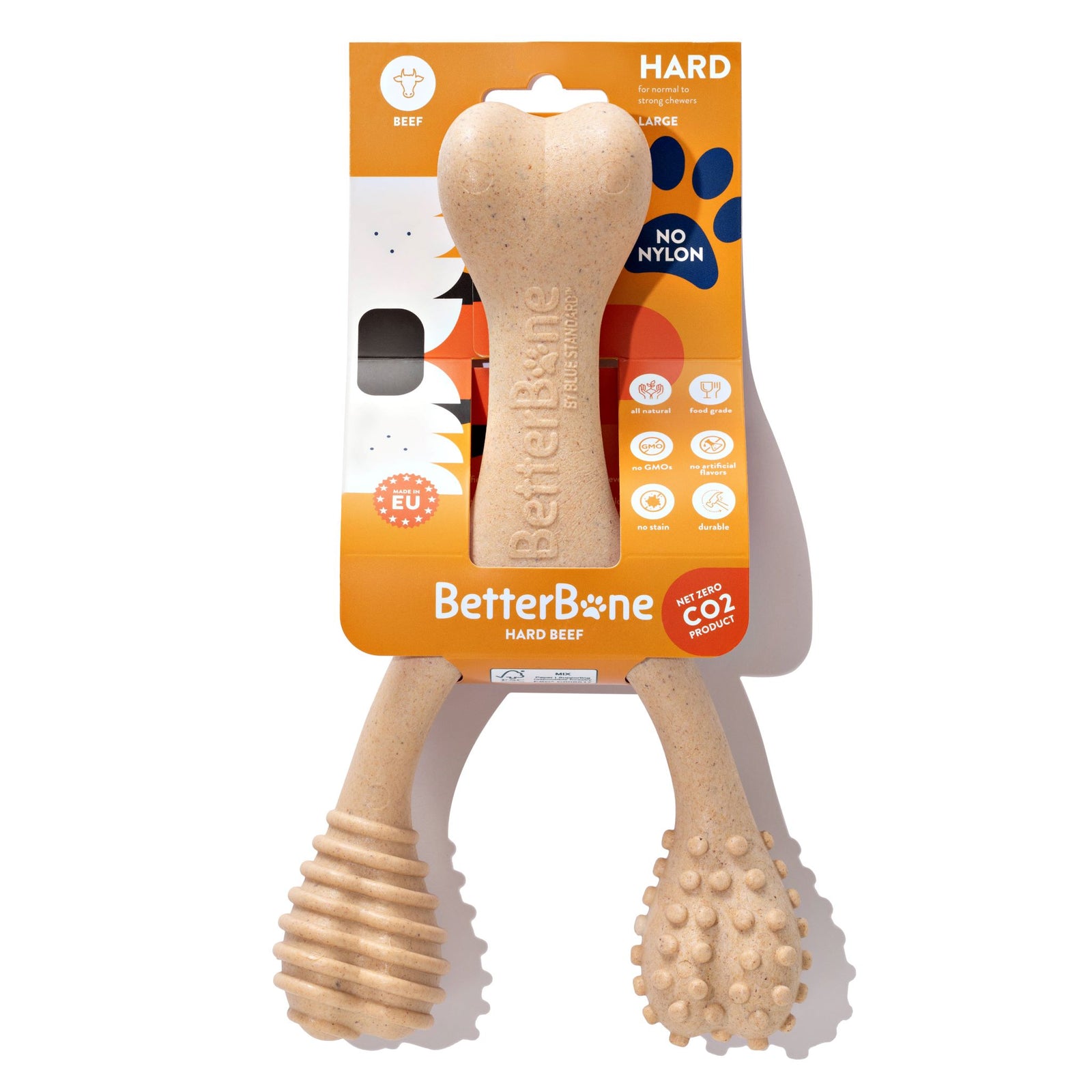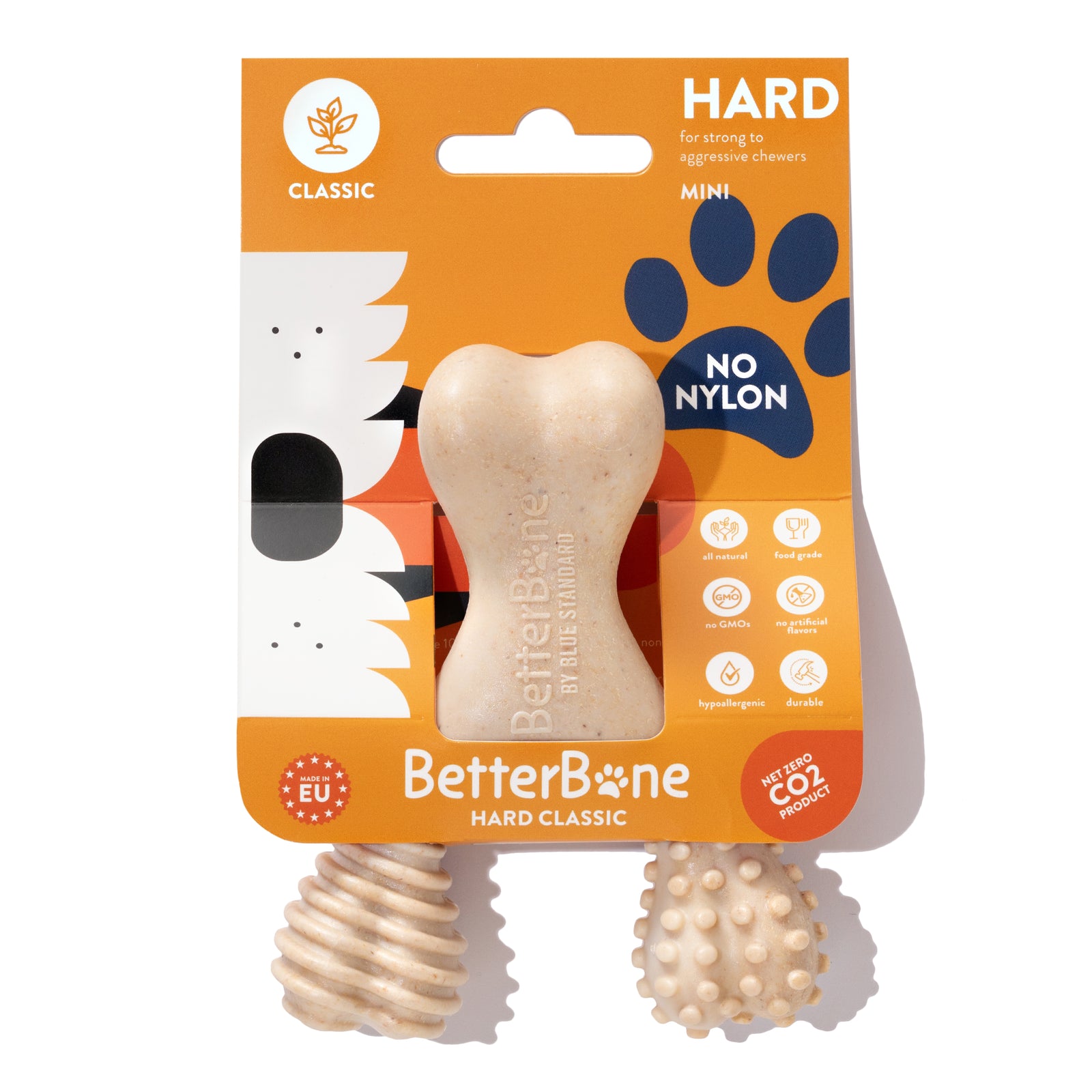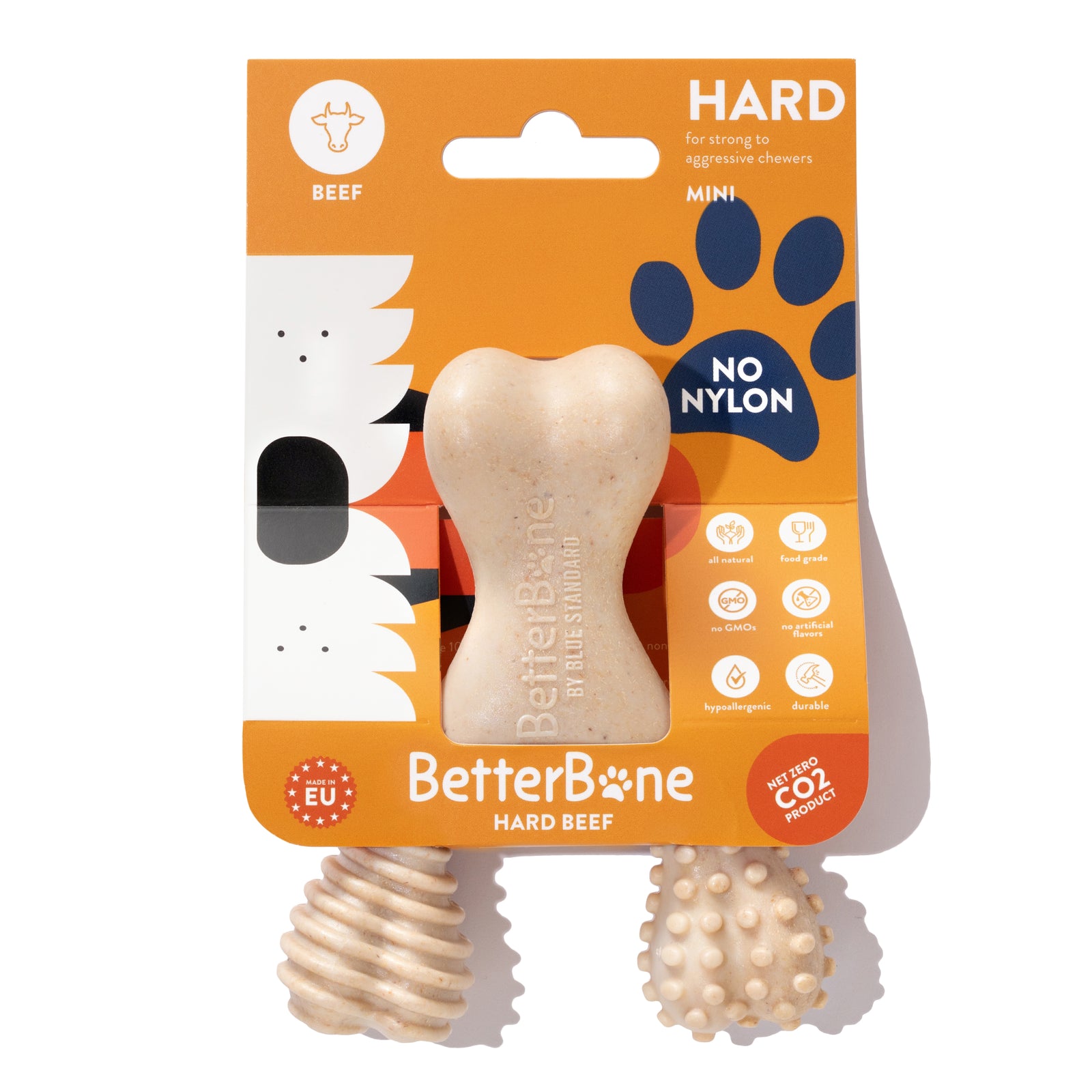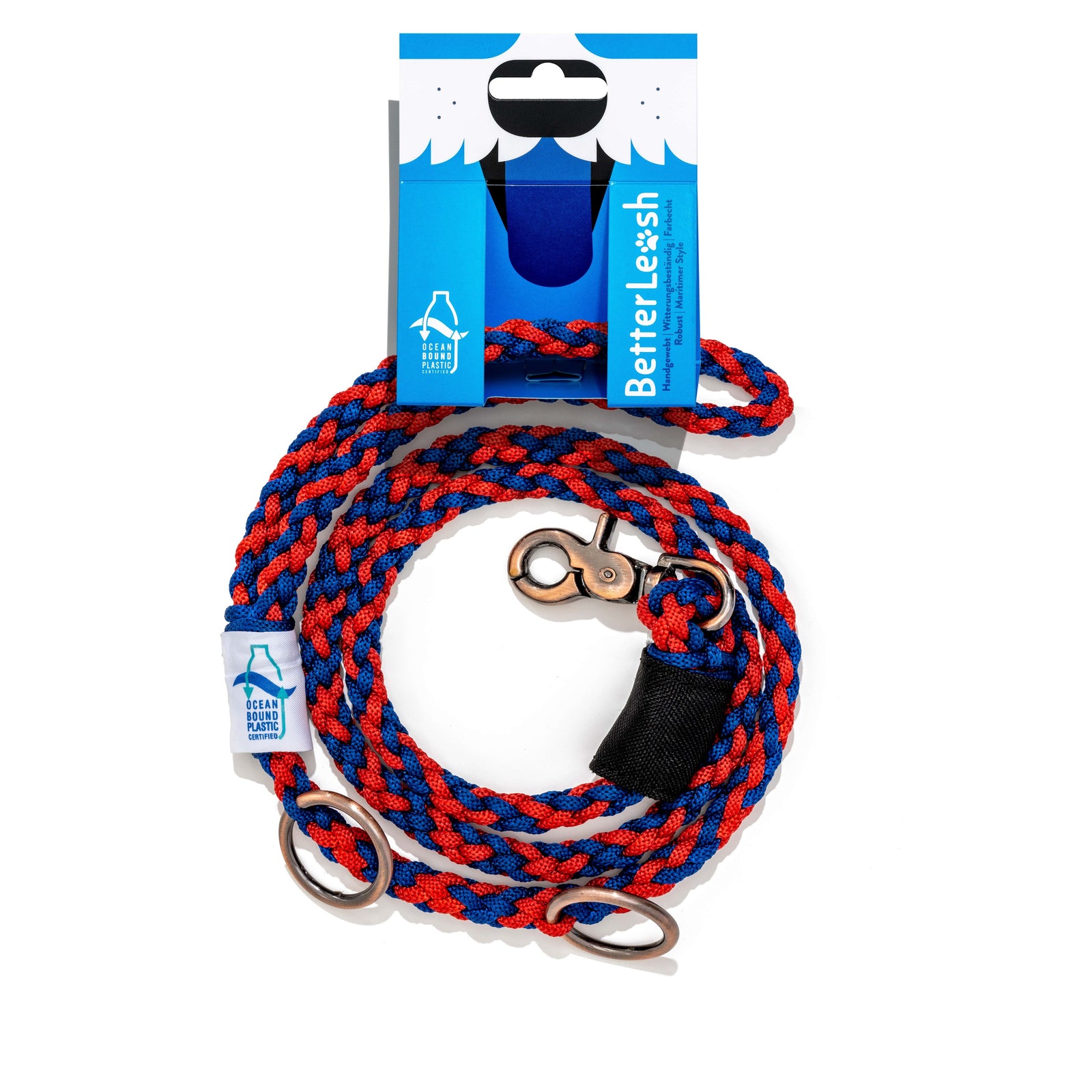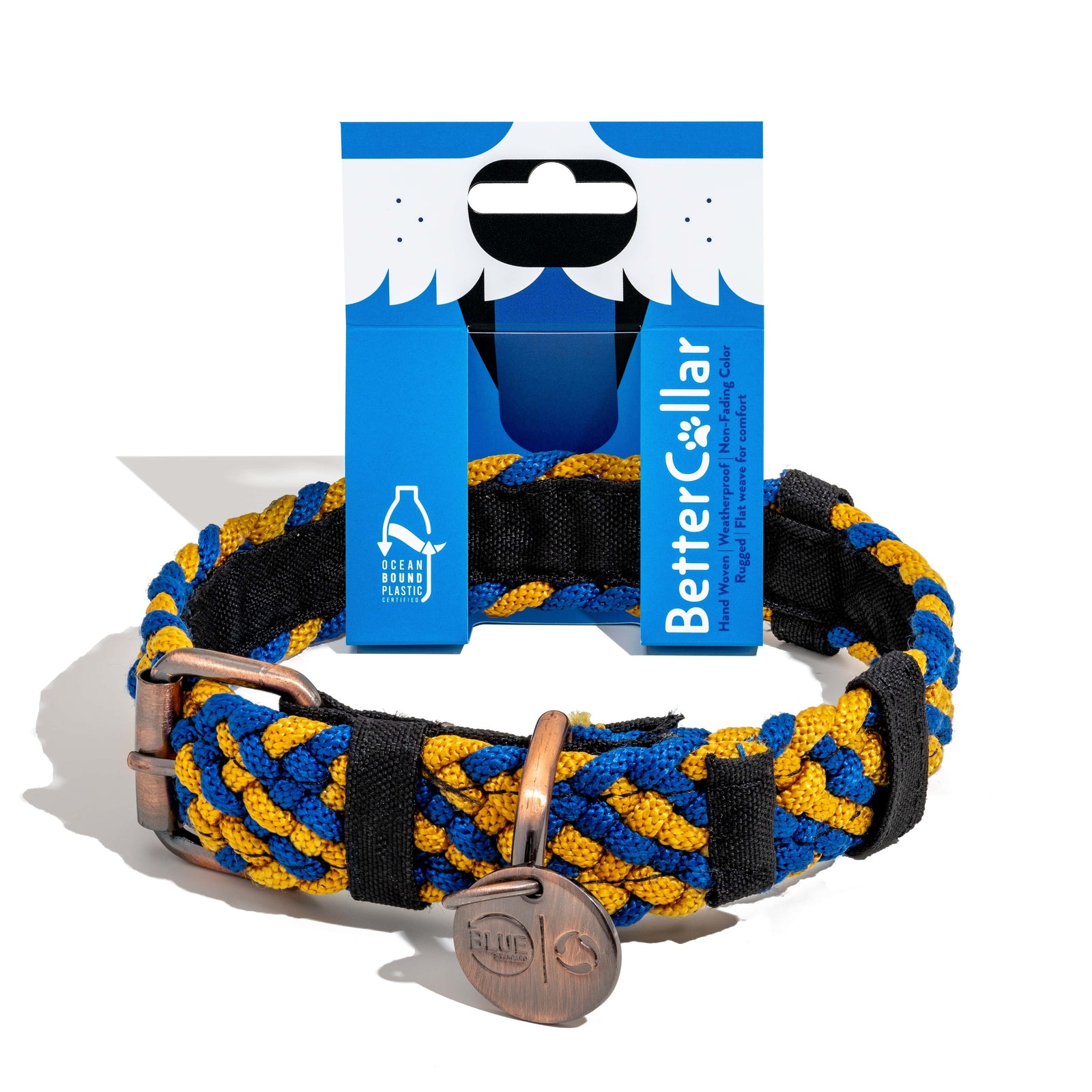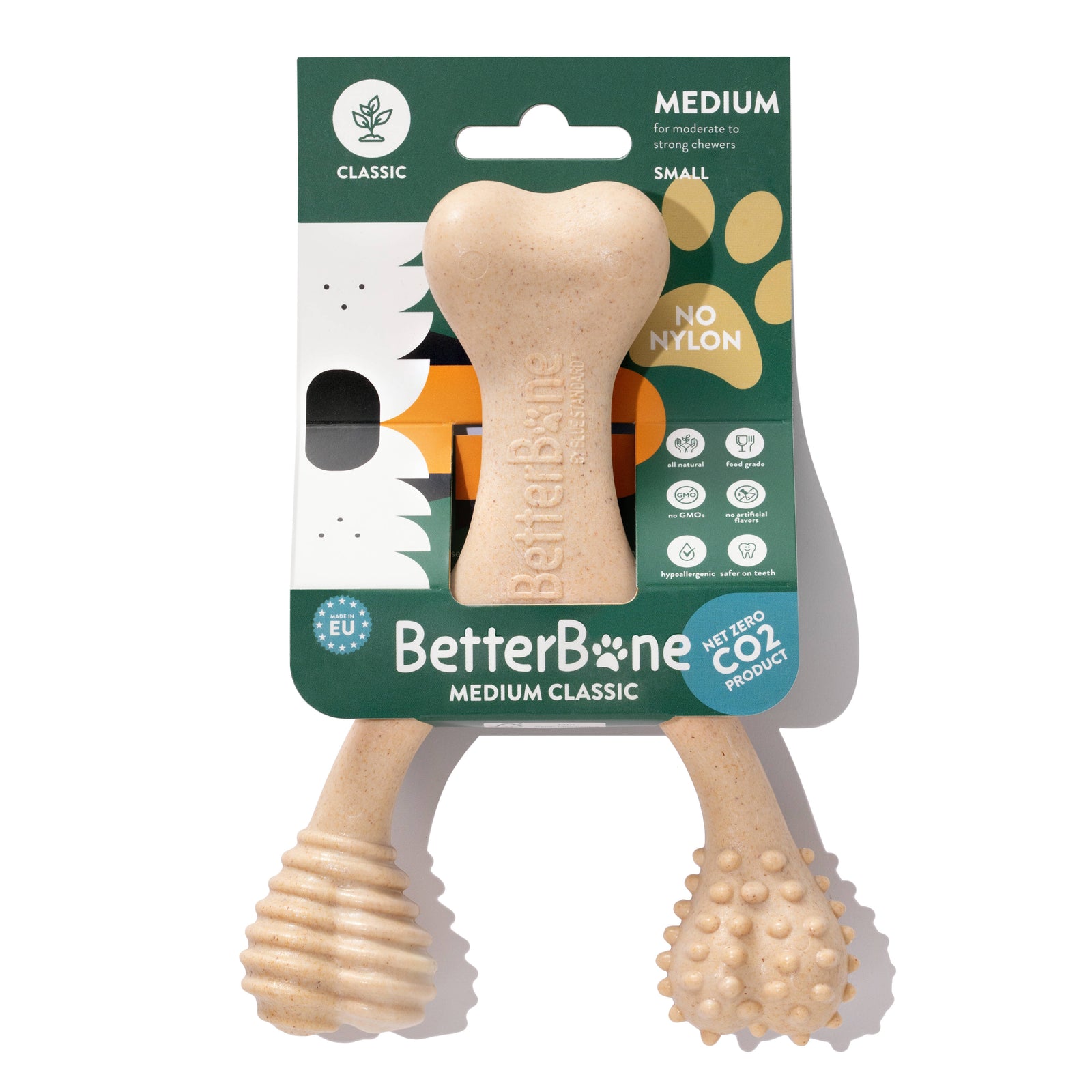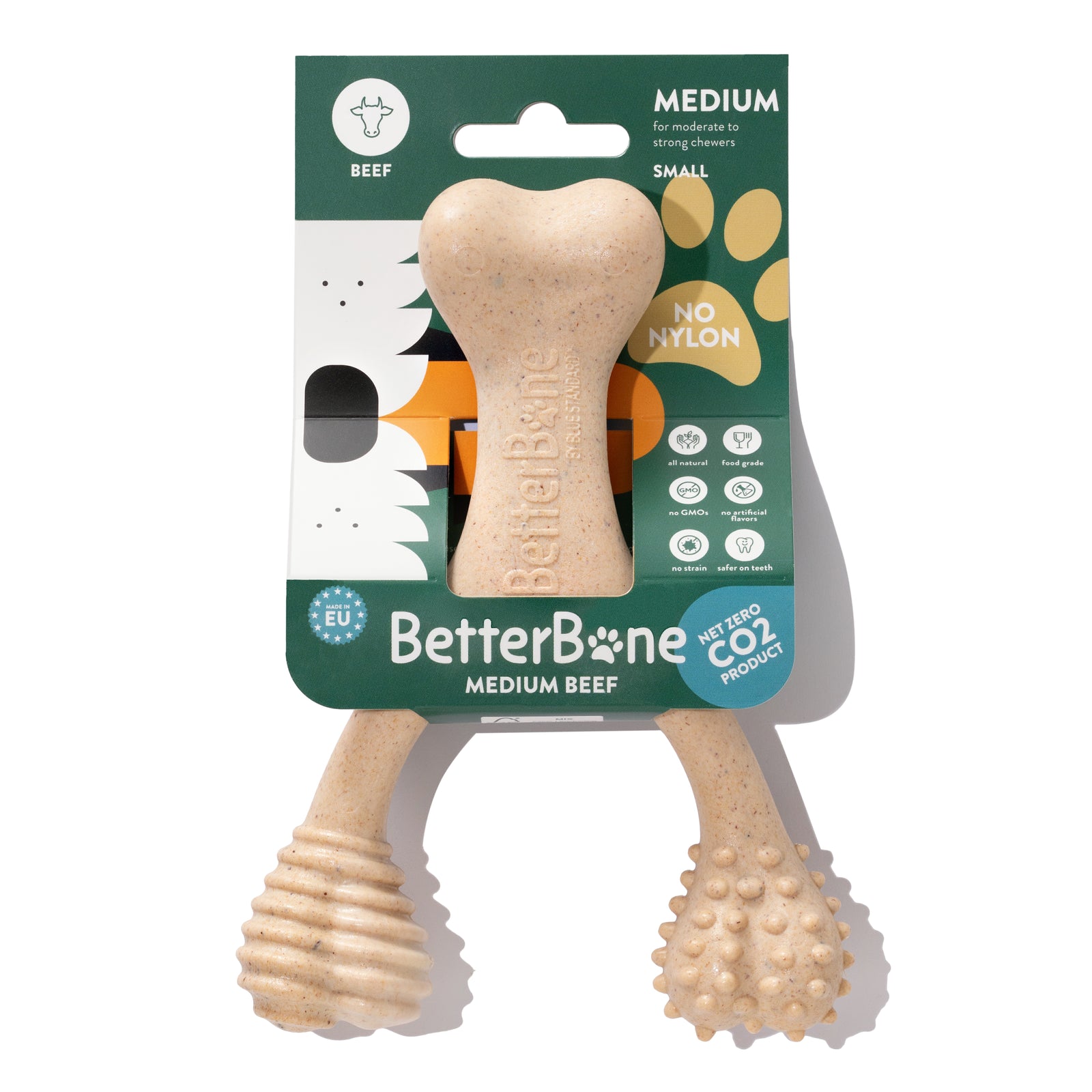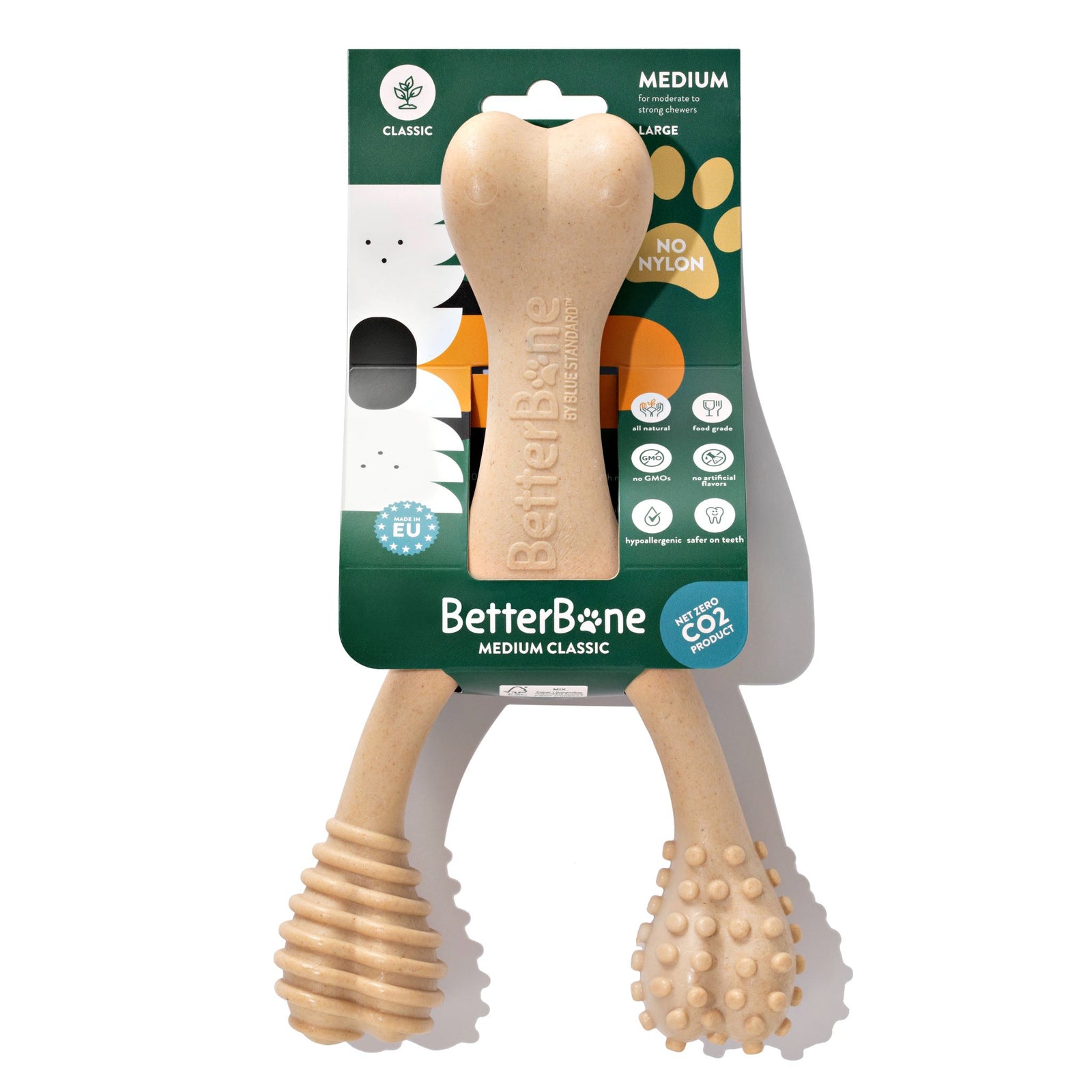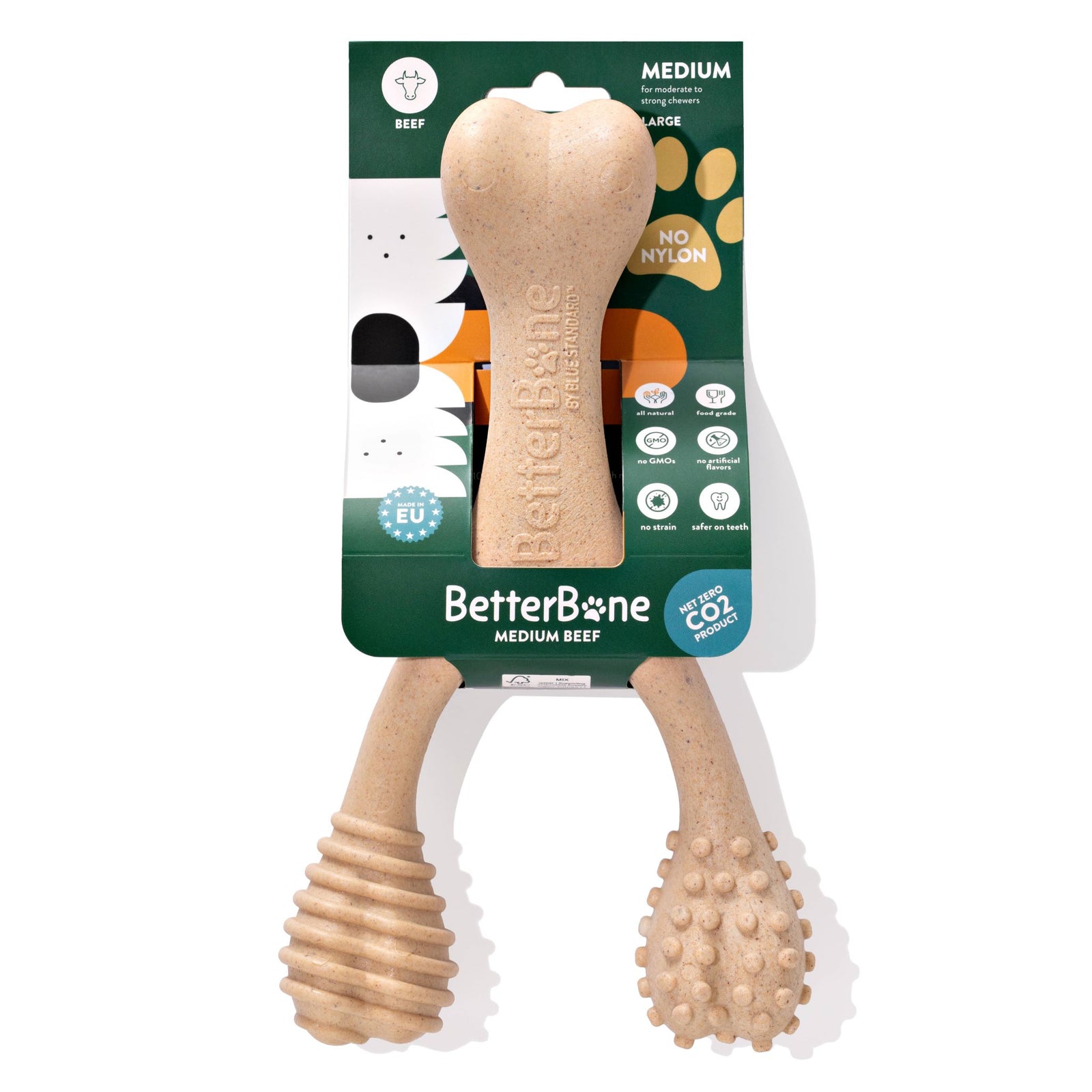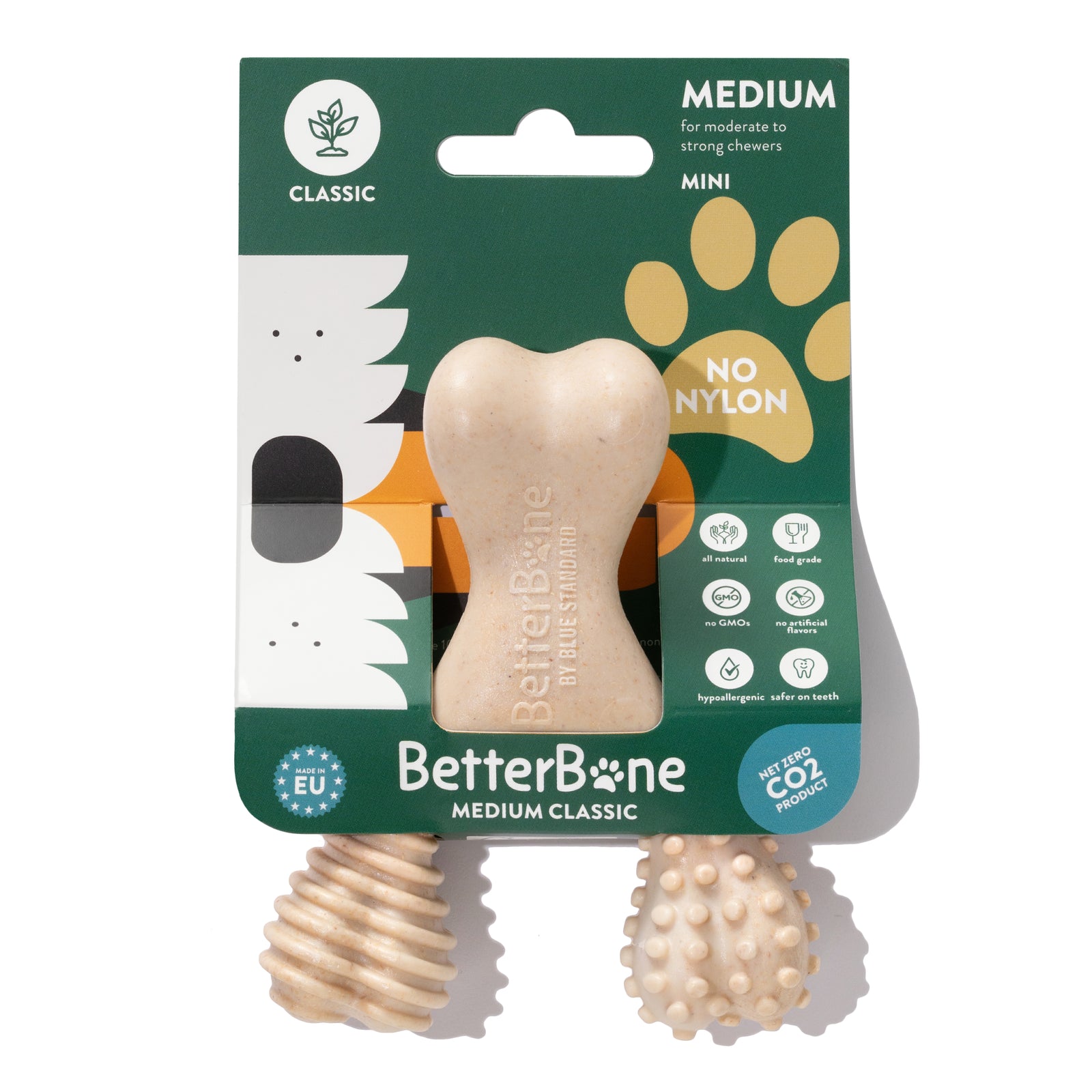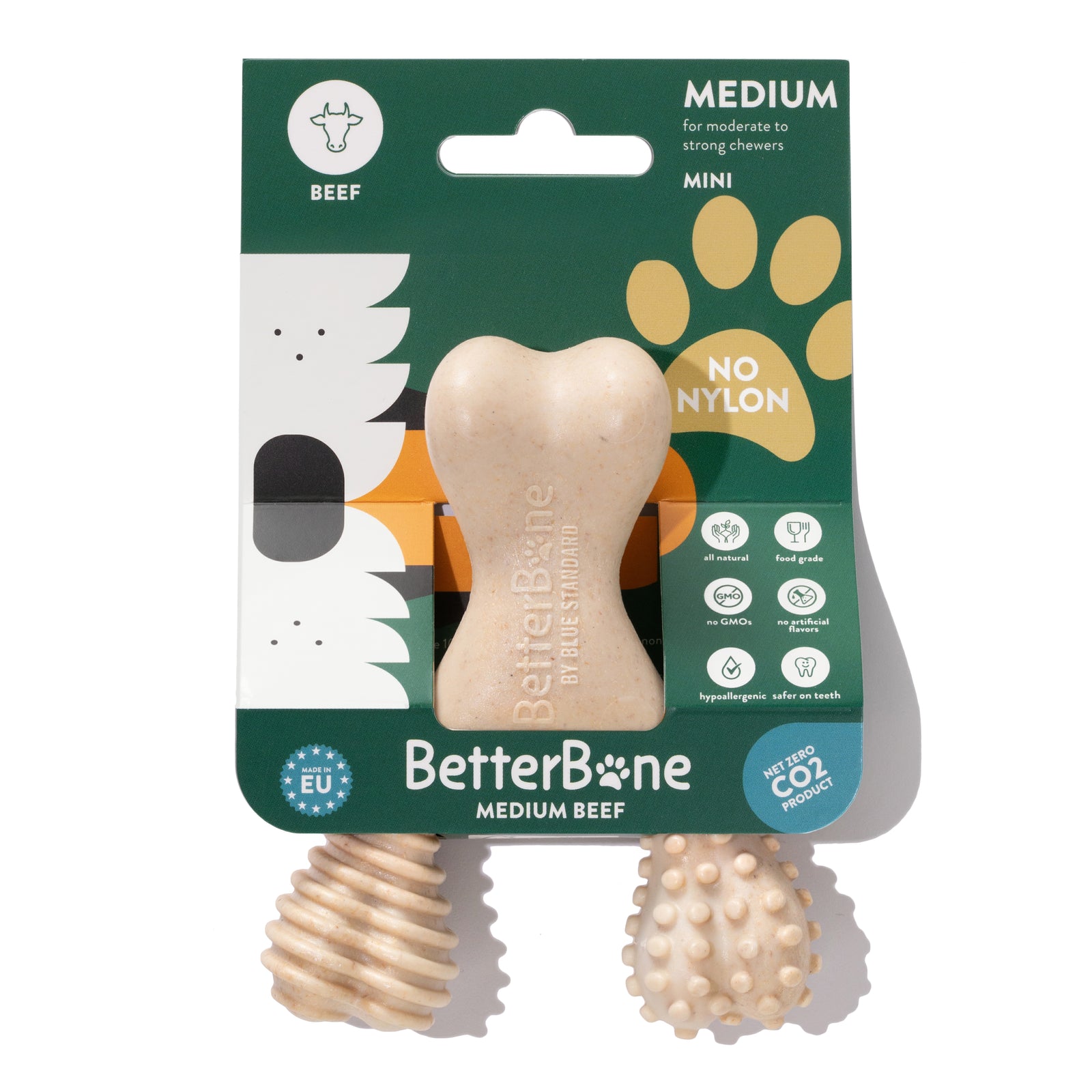Walking your dog on a leash can be both an enjoyable and challenging experience. On the one hand, you get to spend quality time with your furry friend and work on their obedience skills.
On the other hand, if your dog pulls on the leash or becomes too excited, walking them becomes a stressful experience for you and your dog.
Here are5 effective techniques for training your dog on a loose leash to make things easier for you and your furry friend.
Training your dog on a loose leash

One of the most pleasurable activities that you can have with your pet is walking with them. It's good for their well-being and health as well as yours.
But when your dog pulls and strains on a leash, going for a walk can feel less appealing. Moreover, add a dog that chases cars, pulls after prey, or is uncomfortable around other dogs. The experience may be less than pleasant. The good news is that loose leash training can be taught to your dog regardless of age or breed.
Training your dog on a loose leash takes time, patience, and consistency. It requires owners to remain calm and rewards positive outcomes.
5 effective techniques for training your dog on a loose leash
Before you start, ensure that you have the right equipment. A comfortable collar or harness for your dog with a sturdy leash is a must-have. You don't want your dog slipping out or injuring itself.
In this guide, we will explore 5 techniques for training your dog to get the most out of their walk and have a relaxed and well-behaved one on a loose leash.
#1 Start with short walks
If your dog isn't used to walking on a leash, take short walks in a quiet area with fewer distractions. Gradually increase the duration and distance of your walks as your dog becomes more comfortable with the leash. Short walks help your dog adjust to the sensation of being on a leash and make it easier for you to control your dog's behavior.
#2 Start with basic obedience training
Before you start training your dog to walk on a loose leash, it's essential to work on basic obedience commands such as "sit," "stay," and "come." These commands will teach your dog to listen and obey you. Practice these commands during your training sessions, as they will be helpful when redirecting your dog's attention while on a walk.
#3 Use positive reinforcement
Positive reinforcement is a great way to train your dog without using harsh methods. Whenever your dog walks on a loose leash or follows your command, reward them with treats, praise, or playtime. Over time, your dog will associate loose leash walking with good things and will be likelier to continue the behavior.
#4 Teach the "Heel" command
Teaching your dog the "Heel" command effectively ensures they stay beside you during walks. Start by walking your dog on a short leash and holding it close to your body. Use a command such as "heel" or "close" while walking your dog on your left side. Whenever your dog strays, gently guide them back to your side and reward them for staying close.
#5 Take it slow
Training your dog on a loose leash takes time, patience, and consistency. Start by teaching your dog in a quiet environment with minimal distractions. Increase the difficulty level as your dog improves. Remember to keep training sessions short and end on a positive note.
How to find the best dog leash for training your dog
Dog owners often struggle with their furry friends pulling on their leashes while on walks. This can lead to discomfort for the dog and limit the owner's control over their pet. Luckily, the right leash can make a difference when training your dog on loose leash walking.
But how to find the best dog leash?
First and foremost, choosing a leash with an appropriate length is essential. A leash that is too short can restrict your dog's movement and lead to frustration, while a leash that is too long can be challenging to manage and could pose a safety risk.
For most dogs, a leash that is between 4 and 6 feet long is ideal. This provides enough slack for your dog to move while remaining within control comfortably.
Also, consider the material of the leash. A strong and durable leash is necessary for training your dog on a loose leash. You can view these features when choosing the best leash:
- beautiful hand-woven and boat rope-designed leash;
- sturdy metal accents & clasps, vibrant, beautiful & unique colors;
- non-fading material color;
- and sturdy construction for the biggest pullers out there, just likeBetterBone's BetterLeash - 100% Fairtrade Recycled Ocean Bound Plastic Dog Leash

It is still essential to be patient and consistent when training your dog on a loose leash.
Practice walking on a loose leash in areas with minimal distractions, such as your backyard, before moving on to busier settings. Always reward your dog for good behavior with treats and praise, and follow your commands and expectations.
At BetterBone, we are here to help you!
Finding the perfect leash doesn't have to be challenging.
At BetterBone, we offer a range of high-quality leashes perfect for training your dog on a loose leash. You are guaranteed all of these features and more. Introduce BetterBone to your training sessions and enjoy more comfortable and enjoyable dog walks.
Shopour selection today to find the best leash for your dog!




